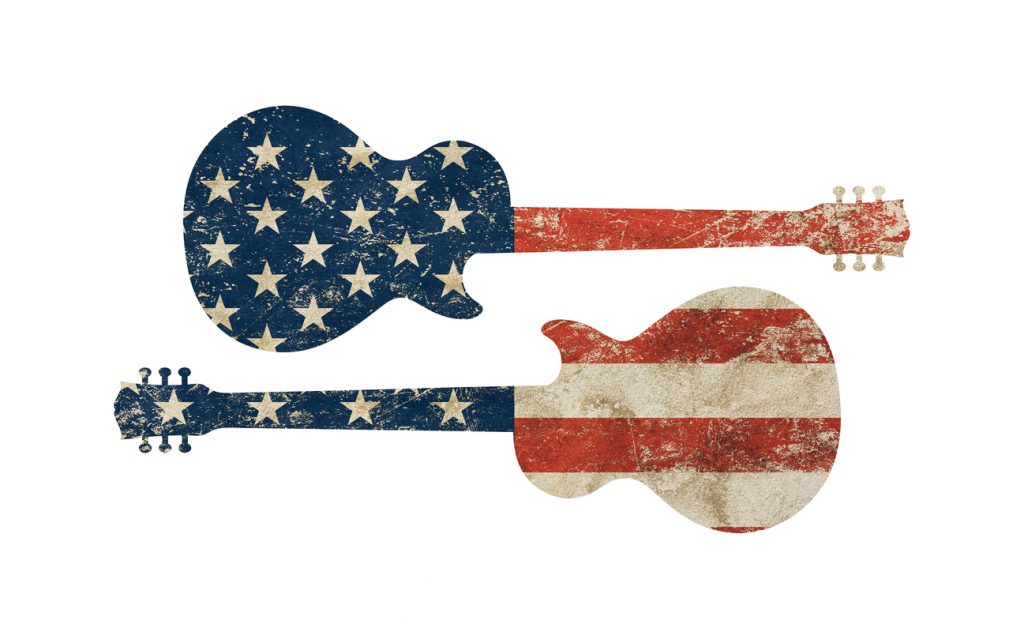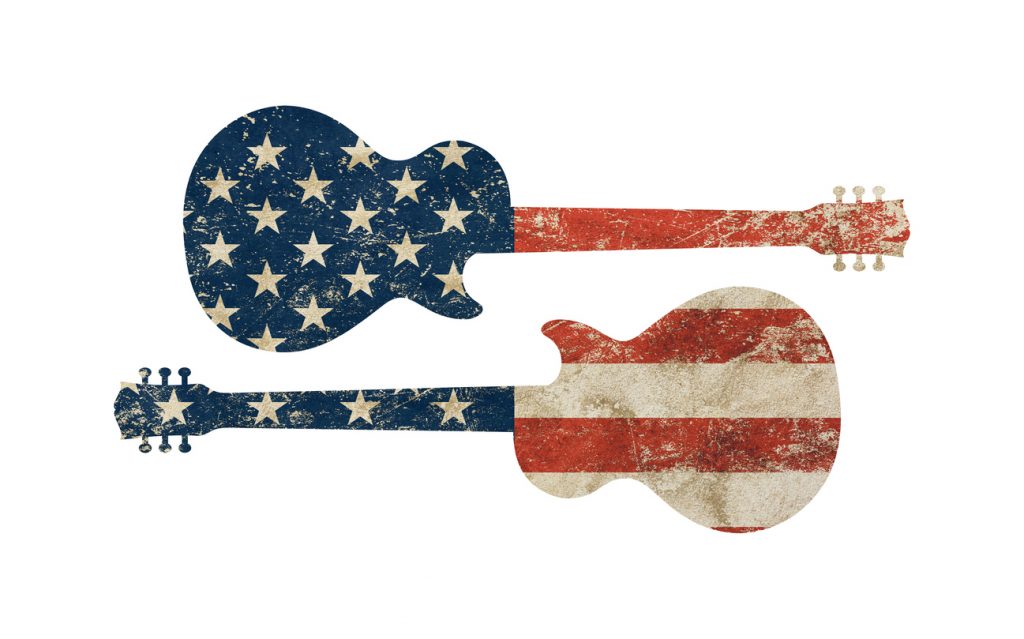Here’s some trivia about the U.S. National Anthem.
The Defense of Fort McHenry
While Francis Scott Key took the tune whole cloth from a 1700s drinking song called “To Anacreon in Heaven,” he wrote the lyrics after being eyewitness to the American victory at Fort McHenry, a battle during the War of 1812 against England. At the time, Key, a diplomat, was being temporarily imprisoned on an English ship off the coast of Baltimore. When he first wrote it, Key named it not “The Star-Spangled Banner” but the decidedly less catchy—if accurate—“The Defense of Fort McHenry.”
Shakespearean Roots
“Star-Spangled Banner” is about as American a phrase as possible—it conjures images of a parade of kids in red, white, and blue carrying it in a small town parade. (Sometimes Uncle John gets nostalgic for his youth.) But the title of the song about a battle with England comes straight out of…England. Both the phrase “by spangled star-light sheen” and “what stars do spangle heaven with such beauty” come from Shakespeare—A Midsummer Night’s Dream and The Taming of the Shrew, respectively.
Official National Anthem
While widely played and sung in the 19th century, “The Star-Spangled Banner” wasn’t made the official national anthem of the United States until 1931. Until then, there were strong and healthy contingents for everything from “America the Beautiful” to “Hail Columbia” to “Yankee Doodle Dandy.”
Three More Verses
Does it feel like the song ends a little ambiguously—especially because it ends with a question? It’s true: “O say does that Star-Spangled Banner yet wave / o’er the land of the free and the home of the brave?” Spoiler alert: Yes! But all is explained in more detail in the rest of the song. Yep—there’s more. The tune has four verses in all.
National Motto
Toward the end of the song’s fourth and final verse comes the lyric, “And this be our motto—in God is our trust.” Indeed, that is the national motto. It first appeared on a two-cent coin in 1864 and a joint resolution of Congress in 1956 called for it to appear on all American currency.
Fifth Verse?
But wait…there’s more! In 1861, popular American poet and abolitionist Oliver Wendell Holmes, Sr. wrote a fifth verse. Key had been a slaveholder, and when the Civil War broke out, the Confederacy reported wanted to claim “The Star-Spangled Banner” as its anthem. Holmes tried to end that drive by adding more lyrics that call for the end of human bondage.
Super Bowl Fame
It became a hit song…in 1991. Pop superstar Whitney Houston sang a powerful rendition of the National Anthem just before Super Bowl XXV, and recordings were sold to benefit military family-supporting charities. (The first Persian Gulf War was underway.) Houston’s version was certified gold and hit the top 20 of the hit parade. When re-released in the wake of 9/11, ten years later, “The Star-Spangled Banner” went Top 10.









